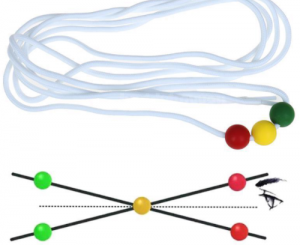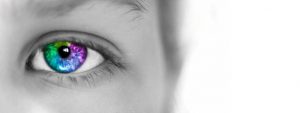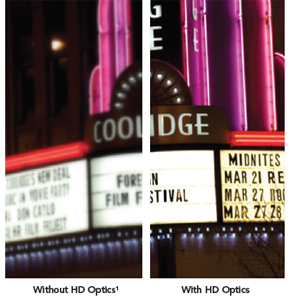Vision therapy can be defined as the science of achieving clear and comfortable vision.
Vision therapy is designed to teach the child how the brain controls the eyes, to improve their visual skills and how to apply these new skills to improve reading, learning, concentration and attention.
Vision therapy is a fully customized and personalized treatment program designed to improve and strengthen visual skills, and re-train the child’s visual system to interpret visual input with increased accuracy and ease.
Vision therapy is more than just simple eye exercises — it improves brain-eye communication and the effective operating of the child’s visual system.
The aim of vision therapy is to enhance visual skills— eye-tracking, focusing, convergence, eye-hand coordination, visual processing speed and more!
Which conditions are treated with vision therapy?
Vision therapy typically includes specific programs to treat:
- Convergence Insufficiency
- Amblyopia (lazy eye)
- Strabismus (crossed-eyes)
- Double vision
- Eye teaming and tracking problems
- Focusing difficulties
- Eye fatigue
- Depth perception and 3D vision difficulties
- Hand-eye coordination difficulties
- Visual perception and processing issues
Contact a vision therapy eye doctor near you if you feel you or your child could benefit from vision therapy – it might be the solution you have been looking for.
SEE RELATED: Improving your Child’s Self Esteem
How does vision therapy work?
Vision therapy consists of personalized exercises that make use of lenses, prisms, filters, occluders, and other equipment— aimed at developing visual skills and efficiently processing information from the visual system.
In recent years, advanced technologies and new computer-based therapies have turned traditional vision therapy exercises into fun, engaging and interactive activities.
Is there an age limit to vision therapy?
No, vision therapy is effective for both children and adults.
Neuro-plasticity enables the brain to remain dynamic and flexible throughout your life. Visual function training used in vision therapy can be compared to riding a bike or playing an instrument, the more you practice or train, the stronger and more skillful you will become.
How quickly will you notice results?
Improved visual skills are often noticed after a few weeks.
However, each patient is different, and depending on their specific therapy regimen, it can take as little as a few weeks to up to six months to see the optimum results. Over the course of the program, your doctor will continue to assess your child’s improvements in order to determine how many visits are needed to achieve the best results.
Can vision therapy influence academic performance?
Yes.
Academic challenges for children with reduced visual skills arise on a daily basis.
Children with reduced visual skills will find it difficult to keep up with grade-level reading or comprehension — as both of these tasks require functional vision skills that may be difficult for the child.
The child may also rush through an assignment to avoid blurry or double vision, headaches, and eye fatigue— resulting in careless mistakes which can impact their overall academic performance.
Additionally, a child with reduced visual skills may avoid reading, or may daydream during class, as the extra effort needed to focus and process visual information can cause headaches or fatigue.
Who can benefit from vision therapy?
Parents and teachers should be on the lookout for the following red flags that indicate a vision problem:
- Reading below grade level
- Reduced reading comprehension
- Loss of place, repetition, and/or omission of words while reading
- Confusing similar words, such as ‘was’ and ‘saw’
- Reversing letters such as b, d, p and q
- Spelling difficulties
- Dislikes or avoids homework
- Writing numbers backwards, such as 2 & 5 or 6 & 9
- Difficulty maintaining attention
- Difficulty changing focus from distance to near and back again
- Poor judgment of depth
- Messy handwriting
Which physical symptoms can vision therapy treat?
- Headaches or tiredness after reading
- Poor hand-eye coordination
- Constant squinting/head tilting
- Using finger-pointing when reading
- Poor posture when reading or writing
- Turning of an eye in or out, up or down
- Tendency to cover or close one eye
- Favoring the vision in one eye
- Double vision
- Difficulty following a moving target
- Dizziness or motion sickness
The final step towards success
Vision therapy is a well-researched and clinically proven treatment option that has been effective in improving the lives of both children and adults for generations.
This customized program is not only for children who are showing signs of academic difficulties, but can also be effective for adults— and may be the solution you have been searching for.
LEARN MORE: Vision Therapy for Children
Schedule an appointment with an eye doctor near you that specializes in vision therapy – it might change your child’s life!









